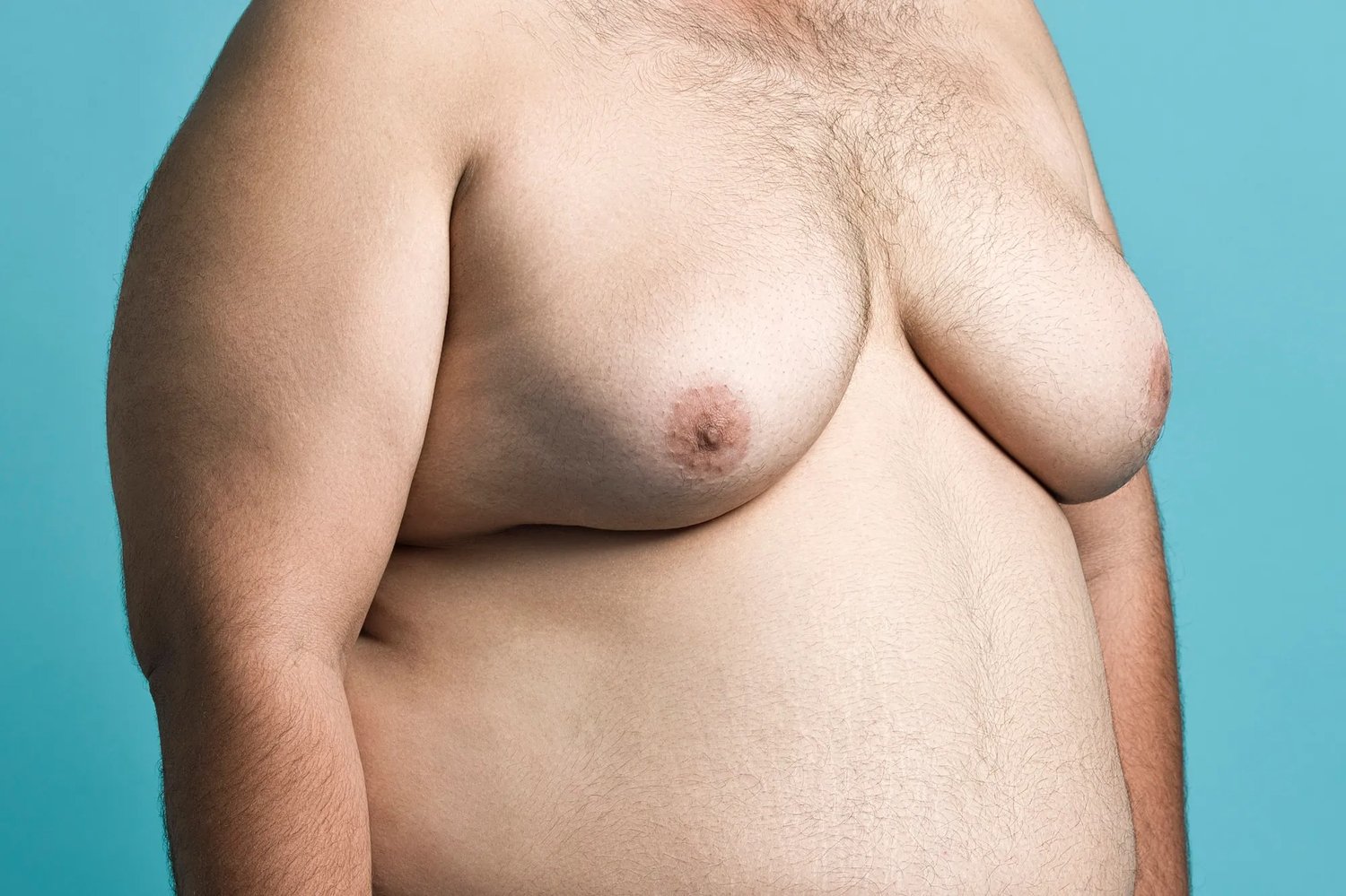Gynecomastia, commonly referred to as the enlargement of male breast tissue, affects men of all ages and can be a source of discomfort, self-consciousness, and curiosity about treatment options. Many men wonder if this condition can resolve naturally or if surgery is the only viable solution. Understanding the causes, natural progression, and alternative approaches is essential for anyone navigating this condition. Gynecomastia in Dubai has been increasingly recognized as a concern, especially among young men and those experiencing hormonal changes.
Understanding Gynecomastia
Gynecomastia occurs due to an imbalance between estrogen and testosterone levels in the male body. While testosterone promotes the development of typical male characteristics, estrogen encourages breast tissue growth. When estrogen levels outweigh testosterone, even slightly, it can trigger the formation of glandular breast tissue. This condition can manifest in one or both breasts, and its severity ranges from mild puffiness to noticeable enlargement.
It’s important to distinguish between true gynecomastia and pseudogynecomastia. True gynecomastia involves glandular tissue growth, whereas pseudogynecomastia results from fat accumulation due to weight gain. While the former may require medical attention, the latter often responds well to lifestyle changes such as diet and exercise.
Factors Influencing Natural Resolution
In some cases, gynecomastia can resolve on its own, especially when it is linked to temporary hormonal changes. Adolescents, for example, often experience breast tissue enlargement during puberty. Studies show that up to 75% of teenage boys develop some degree of gynecomastia, yet for many, the condition diminishes within six months to two years as hormone levels stabilize.
Certain medications, substances, and lifestyle habits can also contribute to temporary gynecomastia. For instance, anabolic steroids, anti-androgens, and even alcohol can disrupt hormonal balance. Identifying and removing these triggers may allow the body to restore its natural equilibrium, potentially reducing breast tissue over time.
Lifestyle and Non-Surgical Approaches
For men hoping to avoid surgery, lifestyle changes can play a significant role in managing and potentially reversing gynecomastia. Maintaining a balanced diet, engaging in regular exercise, and focusing on strength training to build chest muscles can improve the overall appearance of the chest. While these measures may not eliminate glandular tissue entirely, they can reduce fatty deposits and enhance muscle definition, which helps in masking the condition.
Weight management is particularly important for individuals with pseudogynecomastia. Reducing body fat through proper nutrition and cardiovascular exercise can significantly diminish breast size. Targeted chest exercises such as push-ups, bench presses, and dumbbell flys can help tone the underlying pectoral muscles, providing a firmer and more contoured chest appearance.
Medical Alternatives Without Surgery
Aside from lifestyle adjustments, certain medical treatments can address gynecomastia without the need for invasive procedures. Hormonal therapy may be considered in cases where estrogen-testosterone imbalance is persistent and problematic. These treatments aim to restore hormonal harmony, which can reduce breast tissue growth over time.
Additionally, medications such as selective estrogen receptor modulators (SERMs) and aromatase inhibitors have shown promise in clinical studies. These drugs work by blocking estrogen’s effect on breast tissue or reducing estrogen production, offering a non-surgical route for symptom management. It’s important to note that the effectiveness of these treatments varies from person to person, and careful medical supervision is essential.

When to Seek Further Evaluation
While many cases of gynecomastia may resolve naturally or respond to non-surgical interventions, persistent or severe enlargement should not be ignored. Enlarged breast tissue that continues to grow, causes significant discomfort, or is associated with pain may require further medical evaluation. Screening can help rule out underlying conditions such as hormonal disorders, liver issues, or tumours that may contribute to breast enlargement.
It’s also important to monitor psychological and emotional well-being. Gynecomastia can impact self-esteem, body image, and social interactions. Support from mental health professionals, support groups, and trusted peers can complement physical treatments and provide a holistic approach to managing the condition.
The Role of Patience and Monitoring
For men considering non-surgical approaches, patience is key. Gynecomastia often evolves slowly, and noticeable improvements may take months to materialize. Tracking hormone levels, adjusting lifestyle habits, and regularly monitoring breast tissue can provide insights into whether natural resolution is occurring. Consistency in healthy habits and adherence to medical recommendations increases the likelihood of non-surgical improvement.
In conclusion, while surgery offers a definitive solution, gynecomastia does have potential to improve naturally in many cases. Adolescents experiencing puberty-related changes, individuals addressing hormonal imbalances, and those committed to lifestyle adjustments may see significant reduction over time. For men navigating this condition in modern environments, awareness and proactive measures are essential. By combining lifestyle, medical guidance, and emotional support, managing gynecomastia is often possible without invasive procedures. Gynecomastia Dubai continues to be a condition where early recognition, understanding causes, and pursuing non-surgical options can lead to satisfactory outcomes for many men.

